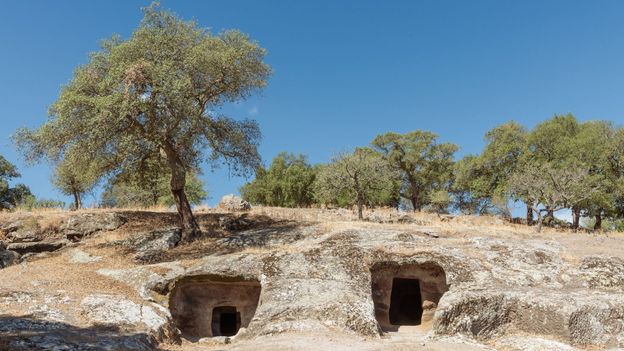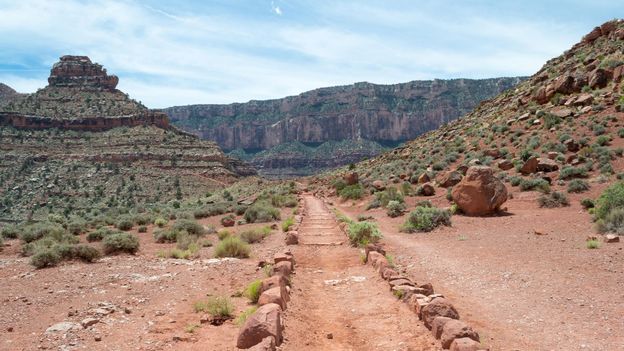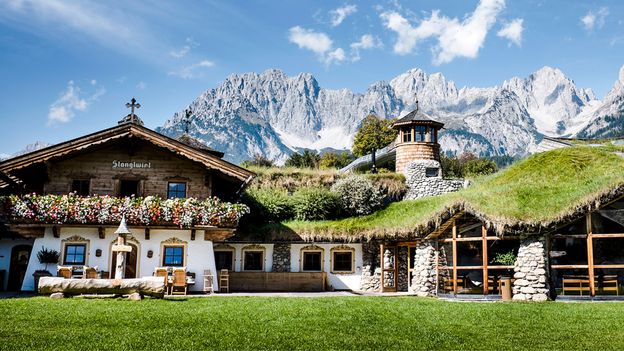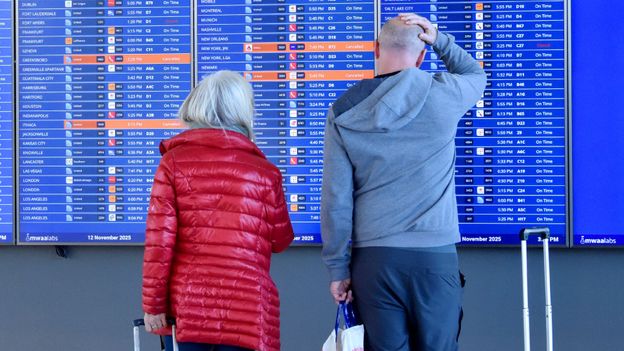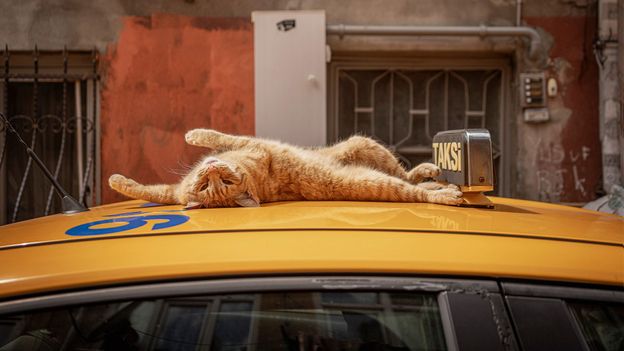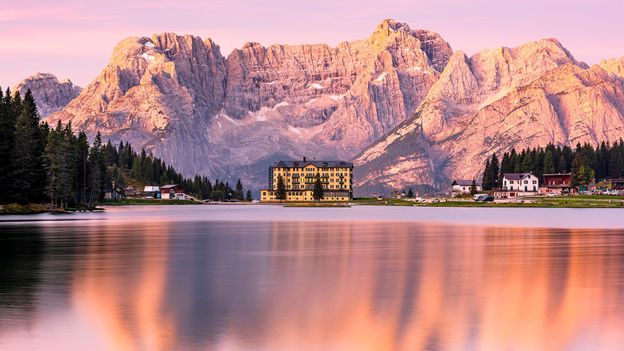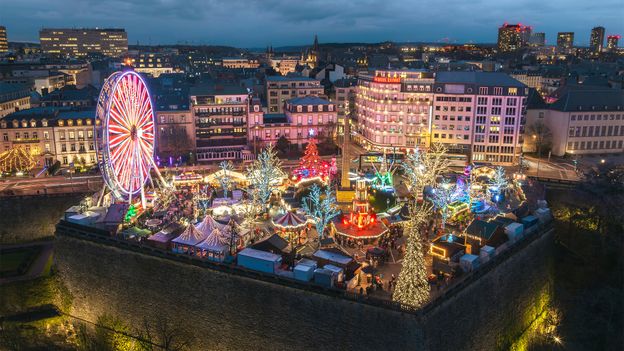Faith in stone
At the necropolis of Sos Furrighesos, in front of the monumental entrance of Sa Tumba de su Re (“the King’s Tomb”), archaeologist Giuseppa Tanda – who helped uncover the archeological site in the 1970s – reflected on the spirituality of the domus de janas. “Death was part of a natural cycle,” she said. “The community mourned the departed and awaited a new birth to restore balance.”
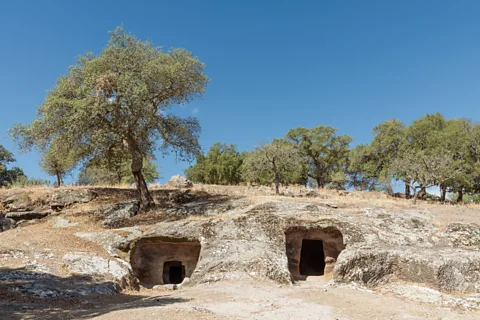 Andrea Cocco
Andrea CoccoThe gaze of Brodu
Continuing my journey south into the rugged Barbagia subregion, a land marked by countless nuraghi, I arrived in Oniferi, where the Necropolis of Brodu greeted me with its enigmatic “gaze”: two dark openings carved into the rock, like ancient eyes. Above the tombs, a nuraghe rises among the trees.
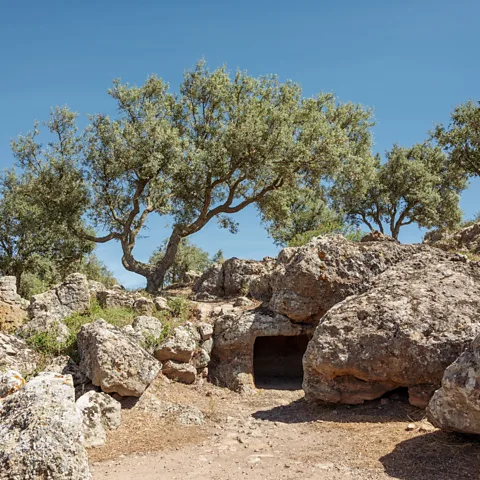 Andrea Cocco
Andrea CoccoThe ancient playground
As my journey through Sardinia reached its southern terminus, the road crossed the barren plateaus of the Gerrei subregion before leading to the Necropolis of Pranu Muttedu in the vast archaeological site of Goni. Beneath the shade of a great oak, I met Graziano Arba, who has served as a caretaker of the site for nearly 30 years. “I’ve known these tombs since I was a child,” he says. “For us, they were a place to play, or to shelter when the rain came.” His uncle was a shepherd, and the family pastures once included some of these tombs – places that Arba now tends with pride.
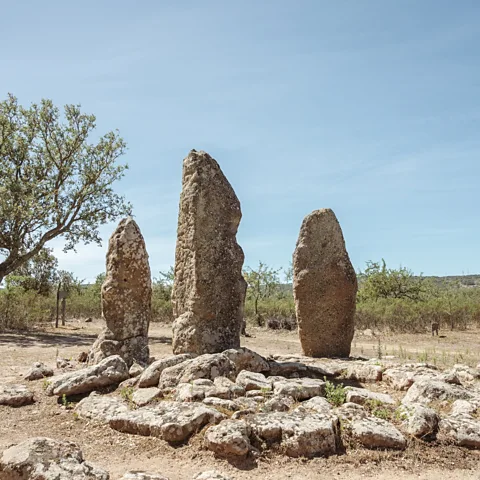 Andrea Cocco
Andrea CoccoInvisible guardians
As I wander, I see three menhirs (prehistoric upright stones) rising like stoic sentries around the tombs, creating one of Sardinia’s most complex prehistoric panoramas. Megalithic circles and domus de janas exist side by side within the same sacred area; a rare combination that reflects the final Neolithic phase and the beliefs of the Ozieri culture.
In Sardinia, history, legend and daily life remain inseparable, carved into the same rock: an inheritance that the island still carries forward from the past into the present.
—
If you liked this story, sign up for The Essential List newsletter – a handpicked selection of features, videos and can’t-miss news, delivered to your inbox twice a week.
For more Travel stories from the BBC, follow us on Facebook and Instagram.





